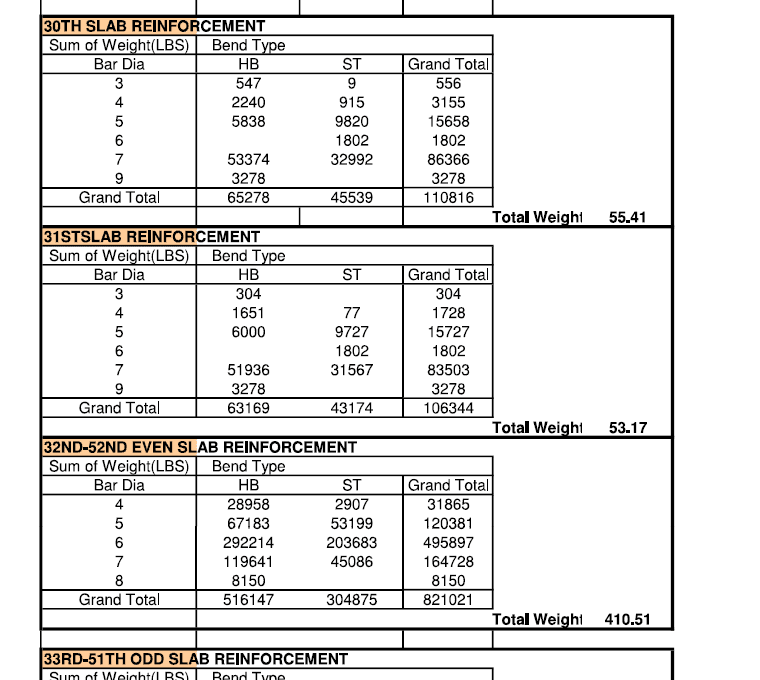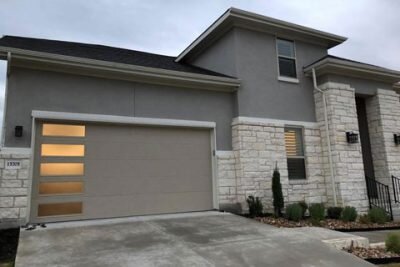Why Proper Planning is Non-Negotiable
Keeping a construction project running smoothly isn’t just about hard hats and heavy machinery. It’s a delicate dance between planning, managing, and adjusting. When even small mistakes creep in, they can explode costs and timelines faster than you might imagine. So, what separates a successful project from one that drags on and drains resources? Let’s dive into some practical strategies that actually work, backed by real-world evidence.
First up, planning is king. According to a report by McKinsey & Company, large projects across the globe typically take 20% longer to finish than scheduled and can be up to 80% over budget. The common culprit? Poor upfront planning. Before a shovel even touches the ground, laying out a clear, detailed roadmap is non-negotiable. Think timelines, budgets, materials, labor, contingency plans—all detailed and backed by solid research and expert input.
How Technology Sharpens Material Estimates

Now, let’s talk materials and costs. It’s one thing to have a general idea of what you need, but being precise is a game-changer. This is where software like rebar takeoff play a crucial role. Rebar takeoff software helps in accurately estimating the amount of steel reinforcement needed, cutting down material wastage, and avoiding last-minute costly orders. Construction Dive highlighted that digital takeoff tools can improve material accuracy by over 30%. Fewer surprises mean projects stay closer to their original budgets and schedules.
Why Flexibility is Your Secret Weapon
Flexibility is your hidden superpower. All well-prepared plans must endure unexpected challenges. Unforeseen weather events together with supply chain interruptions and sudden regulatory adjustments emerge without any warning. The best project managers implement formal flexibility areas within their schedules and financial resources as well-made shock absorbers which keep projects on track. Construction Industry Institute data from 2023 reveals flexible planning supports projects through fewer overall delays which equal 25% improvement.
Why Strong Communication Matters
Another overlooked gem? Communication. You’d be surprised how many problems spiral out of control simply because teams aren’t on the same page. A study from Project Management Institute (PMI) found that one out of every five projects fails because of ineffective communication. Weekly meetings, clear reporting structures, and making sure every stakeholder knows who’s responsible for what can make a massive difference.
The Role of Project Management Tools
Choosing the right project management software also plays a starring role. Tools like Procore, Buildertrend, or CoConstruct are popular for a reason. They help streamline scheduling, document sharing, billing, and reporting—all in one place. Procore, for example, claims users experience 84% less time spent on project management tasks. Faster updates and easier tracking mean fewer costly surprises down the line.
Why Constant Budget Monitoring is Crucial
Budgeting isn’t a “set it and forget it” task, either. Constant monitoring and real-time adjustments help keep finances under control. Smart managers use rolling forecasts, adjusting projections based on current spending trends rather than sticking to static, outdated budgets. Deloitte’s 2022 Infrastructure and Capital Projects Survey emphasized how “continuous forecasting” leads to better financial outcomes.
Skilled Labor: A Cost-Saving Investment
When it comes to staffing, it’s tempting to go cheap. Resist that urge. Hiring skilled labor may cost more upfront, but it saves mountains of money later. Rework, accidents, and delays caused by inexperienced workers can balloon costs. A report from the Center for Construction Research and Training found that injuries alone add billions to industry costs annually. Quality work from skilled pros is worth every penny.
Understanding Construction Types to Avoid Surprises

Understanding different types of construction also plays into smart planning. Each type—residential, commercial, industrial, infrastructure—comes with its own unique needs, codes, and cost structures. For instance, infrastructure projects often require specialized permits and materials compared to a residential build. The U.S. Census Bureau reports steady growth in non-residential construction, highlighting a rising need for expert handling across multiple sectors. Knowing these distinctions upfront helps you customize your budget and timelines more realistically.
Sustainable Building for Long-Term Savings
Lastly, always look for ways to incorporate sustainable practices. Green building isn’t just good for the planet; it often leads to long-term cost savings. LEED-certified buildings, according to the U.S. Green Building Council, consume 25% less energy and 11% less water than conventional buildings. Better resource management now means lower maintenance and utility bills later.
Final Thoughts
The application of research-based intelligent planning strategies provides serious advantages in a context where timelines extend and budgets expand each day. All project decisions matter whether you construct an office facility or an enormous infrastructure. A strong building project emerges from strategic planning and clear communication followed by total observation of progress and maintaining high-quality standards throughout the execution process. Through this approach your building project will succeed beyond mere survival.



